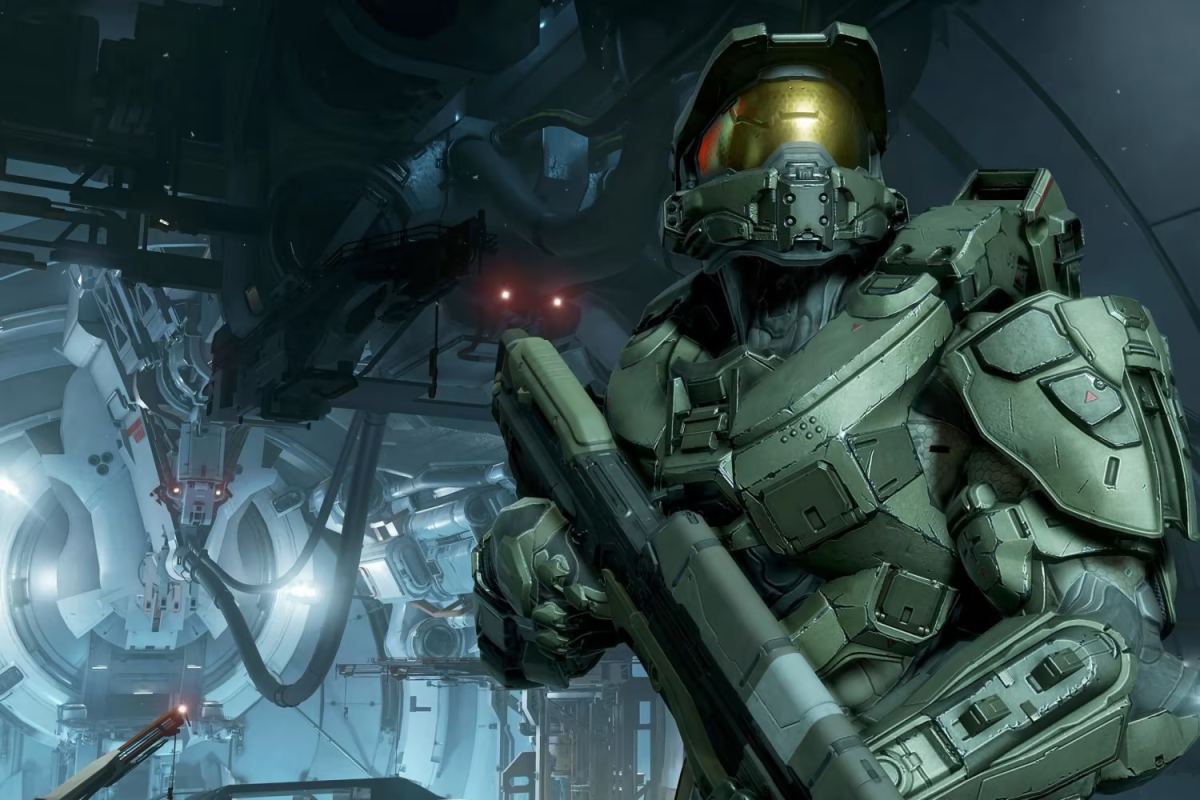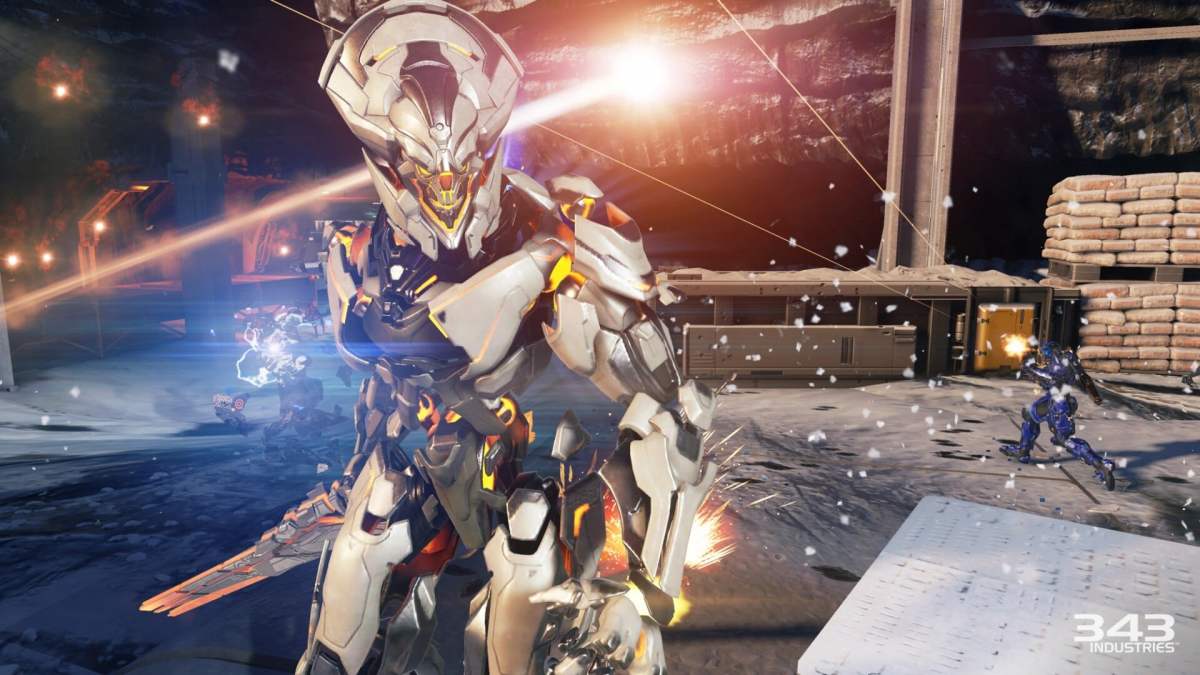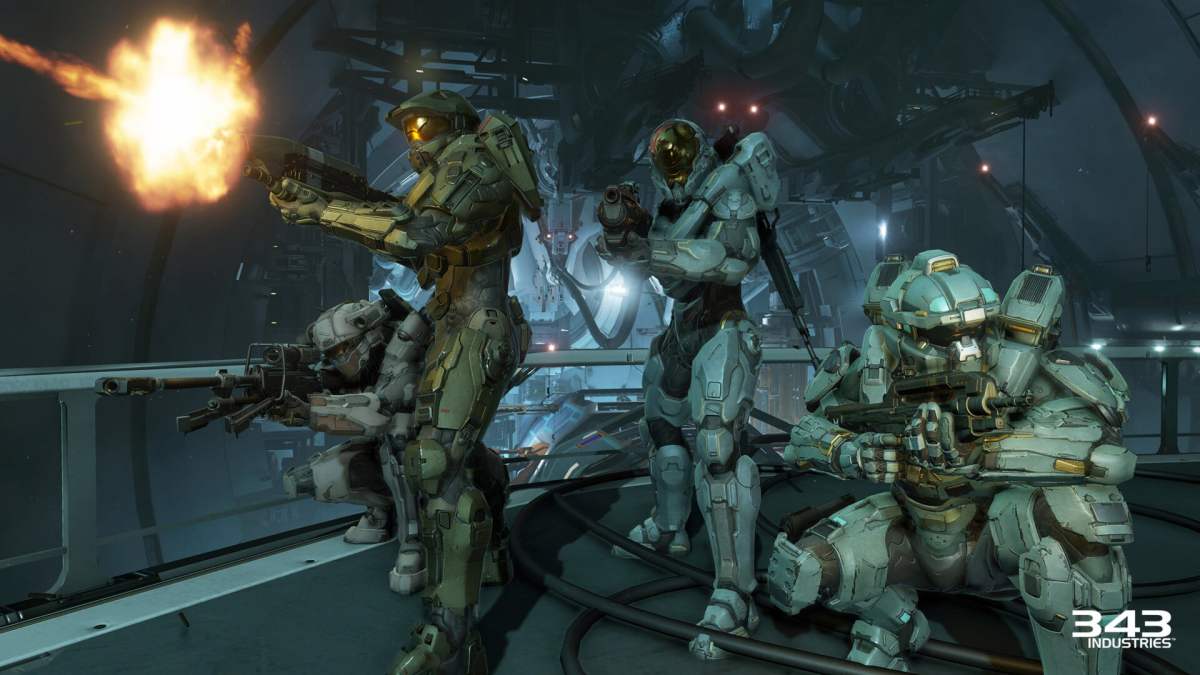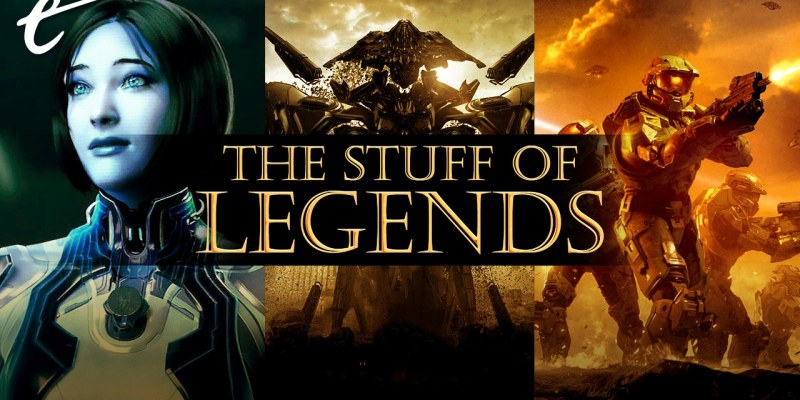I am extremely confused by Troy Denning’s Halo: Shadows of Reach – A Master Chief Story. It’s intentionally poised as homage back to Halo: First Strike and Fall of Reach, even mimicking the cover art of Fall of Reach. Yet all it amounts to is hundreds of pages of filler content, shoving anything of significance to the very end and, even then, setting a far sparser future than its predecessors. It doesn’t feel like essential reading, for Halo Infinite players or in general.
A lack of substance is a problem that keeps appearing lately in the biggest-budget franchises. Where once things were messy but at least creative, we now have these sterile, meandering tales that try to justify going over two hundred pages in length when their tales could have been told in far fewer with more precision.
The biggest problem with Halo: Shadows of Reach is not unlike that of Star Wars: The Rise of Skywalker – there are loads of references and attempts at fan service, but it’s all just there. We see the old Spartan-II training grounds, reflect on past stories in the fiction told in other media (in one case, having been retold three times previously), and try to recapture the old magic of classic scenarios. A desperate last stand against impossible odds. The cavalry charging in on the fields of Reach. Some brief cameos and nods to longstanding characters that John-117 knew or continues to serve with.
Yet if you were to ask me what was accomplished in Shadows of Reach that matters to anyone playing Halo Infinite, I’d say, “Basically nothing.” The main MacGuffin, which appears to be Infinite’s new AI companion, The Weapon, never goes explained. Reach’s fate is secured, but what does that mean? Will it matter? Even the book acknowledges Chief may never return to it again.

We don’t learn anything new about Blue Team or Cortana. The Banished have a tad more nuance to their interactions than in Infinite, but all their subplot does is potentially set up the premise for a Halo Wars 3. That in and of itself is intriguing, but the setup comes via a forced moment of interaction that essentially pauses the final chapter for a page or two, otherwise having no bearing on the story at hand.
The story feels at war with itself in parts, particularly halfway through. The midsection of the story deviates into a defense of Reach alongside ragtag settlers that’s infinitely more compelling. Even Denning’s prose grows invigorated, with tighter pacing, better scene composition, and tangible stakes. It has absolutely nothing to do with any of the other story details – Denning even highlights this fact through multiple conversations between characters. It’s just emotionally relevant to several of our heroes.
However, this really did not need to be separated from the core plot thread. Imagine if, instead of SWORD Base’s ruins being isolated from everything else, the resettlers of Reach had paved over it. It makes sense for a spy network like the UNSC’s Office of Naval Intelligence (ONI) to bury its secrets while still having convenient access to the site’s secrets. Plus, then the incentive to keep the settlers from using nukes isn’t something as esoteric as one of Cortana’s Guardians arriving but instead losing a crucial tactical asset beneath the town. Everything would knit together.

Instead, Halo: Shadows of Reach keeps things clinically divorced, feeling more like a series of linear campaign levels of a nonexistent Halo 6 translated into a book. Except even a Halo game would try to tie its various elements together a tad closer. We’re told why things are important or why other people care, but the story seldom takes the steps to make the reader really care.
Between Star Wars: Light of the Jedi and Halo: Shadows of Reach, I’m growing concerned by how many big-budget tentpole tie-in books are becoming bloated piles of text. Shadows of Reach just goes into exasperating detail about all manner of things. I don’t know if they think it makes these books look more impressive or if they’re just trying to show off that they spent a while doing research on the source material, but it isn’t working.
At least unlike Charles Soule with Light of the Jedi, Denning knows to keep the information relevant to the current scenario, but it’s still a lot to process – literally. The amount of real-world hours it takes for the story to truly get started is bewildering. A slow-burn story works for Halo, but that burn has to serve a purpose beyond feeling like you’re reading the novelization of a Let’s Play.

Lastly, the story does not even try to address or tie off the threads left dangling by Halo 5’s other characters. Only Doctor Halsey, Captain Lasky, and Commander Palmer appear in speaking roles. Where we could’ve used this book as a way to add a nice closing arc on the Fireteam Osiris versus Blue Team debacle, we barely hear a peep about them. I get that most fans would be more than annoyed if Locke returned in another game, but that’s what this sort of fiction is for. Instead, if you want any closure on Osiris, you have to read an entirely separate book unrelated to this story in just about every way.
It’s not that Halo: Shadows of Reach is terrible; it’s just incredibly average with a lot of issues that should’ve been resolved before release, much like Halo 5: Guardians. Maybe that’s fitting, given it’s the closest that game will ever receive to a proper direct sequel. Or perhaps it’s just one last insult to injury before putting the threads of Halo 5 to bed.
You can do a lot with a preset storyline – just because fate has designs on your heroes going a certain course doesn’t mean you can’t embellish in fun ways. Halo struggling with this is a strange new hurdle that 343 Industries needs to rectify if it’s planning to truly have a decade-long era of new Halo stories.
